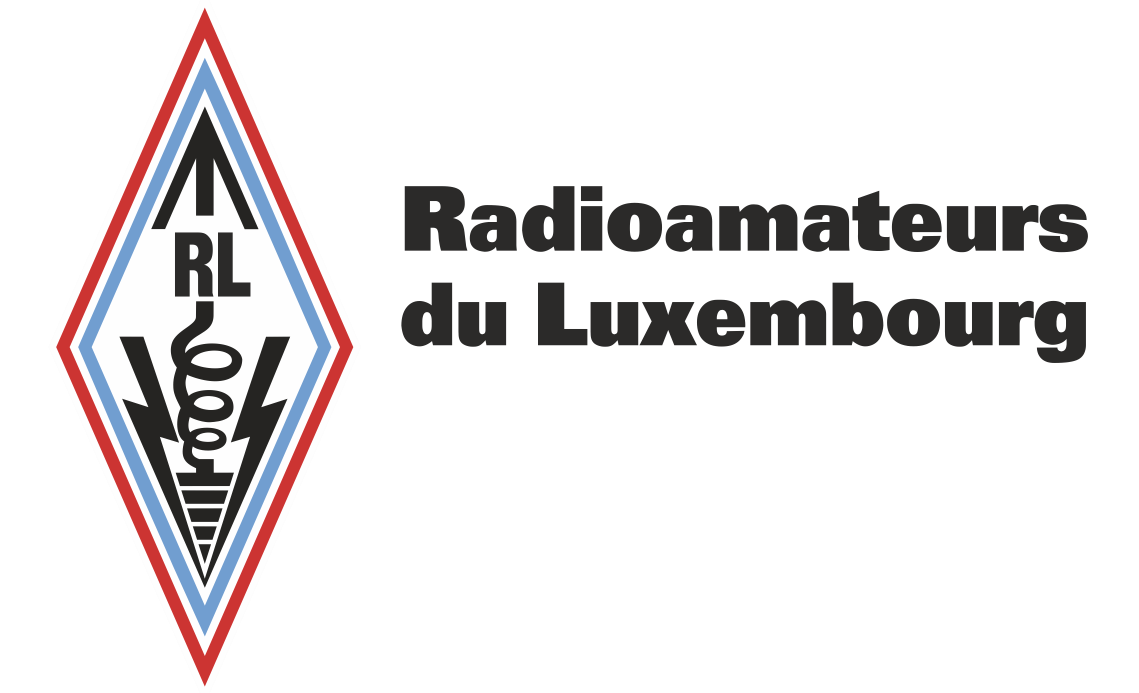| Callsign | Type | Freq (MHz) | TX-Offset | QTH / Locator | Pol | PEP | Info |
|---|---|---|---|---|---|---|---|
| LX0DME | DMR | 439.5125 | -7.6 MHz | Eschdorf JN29XV | ver | 20W | QRT ,for an undefined period of time. |
| LX0DML * | D-STAR | 438.3375 | -7.6 MHz | Blaschette JN39BQ | ver | 20W | RPT1: LX0DML B RPT2: LX0DML G |
| LX0DMM* | FM | 145.5875 | -600 kHz | Machtum JN39FP | ver | 25W | Calltone 1750Hz and CTCSS 123Hz |
| LX0DRB * | C4FM | 439.525 | -7.6 MHz | Bourscheid JN39AV | ver | 25W | Yaesu Fusion 2 linked to XLX270 |
| LX0DRD * | D-STAR | 439.0375 | -7.6 MHz | Dippach JN29XO | ver | 20W | RPT1: LX0DRD B RPT2: LX0DRD G |
| LX0DRH * | D-STAR | 438.200 | -7.6 MHz | Riesenhaff JN29VU | ver | 20W | RPT1: LX0DRH B RPT2: LX0DRH G |
| LX0DRJ * | D-STAR | 439.400 | -7.6 MHz | Junglinster JN39DR | ver | 20W | RPT1: LX0DRJ B RPT2: LX0DRJ G |
| LX0DRN * | D-STAR | 438.3125 | -7.6 MHz | Nocher JN29XW | ver | 20W | RPT1: LX0DRN B RPT2: LX0DRN G |
| LX0DRR | FM DMR | 145.7875 | -600 kHz | Rumelange JN29XK | ver | 20W | CTCSS 123Hz BrandMeister |
| LX0DRU | FM C4FM | 438.800 | -7.6 MHz | Rumelange JN29XK | ver | 25W | CTCSS 123Hz / Wires-X |
| LX0DRV * | D-STAR | 438.525 | -7.6 MHz | Ronnebësch JN39BV | ver | 20W | RPT1: LX0DRV B RPT2: LX0DRV G |
| LX0ELS * | Echolink | 432.800 | Simplex | Rodange JN29WN | ver | 10W | LX0ELS-L Echolink 98998 |
| LX0HI * | FM | 145.725 | -600 kHz | Bourscheid JN39AV | ver | 43W | Calltone 1750Hz and CTCSS 123Hz |
| LX0LU * | FM | 145.700 | -600 kHz | Blaschette JN39BR | ver | 20W | Calltone 1750Hz and CTCSS 123Hz |
| LX0MVL * | DMR C4FM | 438.6125 | -7.6 MHz | Kirchberg JN39BO | ver | 20W | TS1 / TG8 XLX270 TS2 / TG9 local |
| LX0RL * | D-STAR Hotspot | 432.950 | Simplex | Eisenborn JN39CQ | ver | 10mW | RPT1: LX0RL B RPT2: LX0RL G |
| LX0RSX | FM | 51.830 | -600 kHz | Rumelange JN29XK | ver | 25W | CTCSS 123 Hz NB FM (12.5 kHz) |
| LX0RU | FM DMR Echolink | 438.750 | -7.6 MHz | Rumelange JN29XK | ver | 25W | CTCSS 123 Hz BrandMeister Echolink 268062 |
* = operated by RL
For further information please contact the corresponding Repeater Working Group.
The FM-Repeaters LX0HI, LX0LU & LX0DMM
These 3 FM voice repeaters are operated by the voice working group of RL (Radioamateurs du Luxembourg, Luxembourg’s IARU member society).
The repeaters LX0HI, LX0LU and LX0DMM (links to qrz.com) are digitally interconnected using the LX-Hamnet backbone (radio interconnections in the 5 cm band). This interconnection is permanent (as long as no network outages happen), users can not interfere with it or change it. Therefore there is no need to request statuses via DTMF or similar. Just transmit on one repeater, and talk to people on all others.
LX0HI was the first repeater in Luxembourg (already in the 90s) which gave a signal strength feedback to the user using a variable roger beep. This feature has also been implemented in the controller system that is currently in use since 2014. In June 2021 the controller of LX0LU was also replaced to form the first interconnection between LX0HI and LX0LU. In October 2022 the third repeater LX0DMM joined the network.
If you operate locally on one of the repeaters, you get at the end of your transmission a single tone roger beep with variable pitch, depending on your averaged signal strength on the repeaters receiver. If you hear a roger beep consisting of multiple fixed pitch beeps, this indicates that the last transmission was made on one of the remotely connected repeaters (high speed CW: “U” or “..-” for users coming remotely via LX0LU and “M” or “- -” for users coming remotely via LX0DMM).
If you are a DX user operating the repeater during periods of very good conditions, it may be interesting to you to know that the ID is both given using voice output and morse code, depending on the situation (timing, how it was opened, etc). On the full hour the repeater indicates the current time accurately (NTP synced) using a voice output. Every other quarter of an hour (15’, 30’, 45’) the repeater identification is given using morse code. The repeater doesn’t evaluate DTMF sequences.
During the QST transmissions (at the time they were scheduled every last Friday of the month, but currently they have been suspended) the repeaters are unlinked from each other to operate independently and the receiver input is disabled to prevent QRM. Approximately 5 seconds after the end of the transmission, the received is enabled, the repeaters are linked again, and can afterwards be operated in the usual way.
